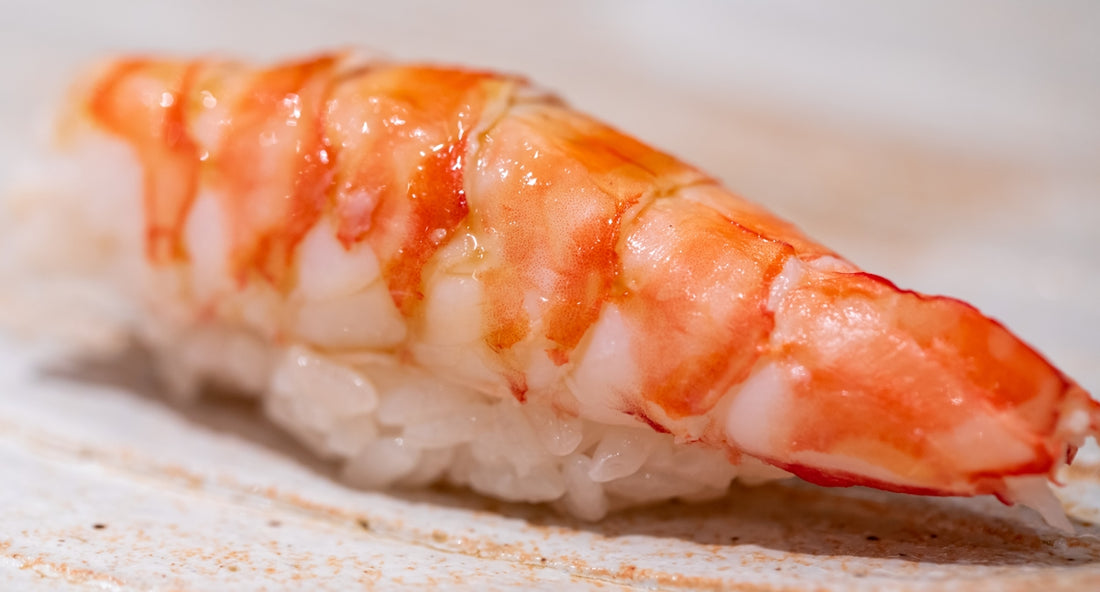
Embracing the Caridina Shrimp Biology Understanding Their Lifecycle
Share
Caridina shrimp have become an intriguing subject for both aquarists and biologists alike. These fascinating freshwater crustaceans belong to the Atyidae family and are known for their vibrant colors, diverse patterns, and complex biology. Understanding their lifecycle not only enhances our appreciation for these small wonders but also aids in their sustainable care and breeding.
The Lifecycle of Caridina Shrimp
The lifecycle of Caridina shrimp is a captivating journey from egg to adulthood, passing through several distinct stages: embryo development, larval stages, juvenile growth, and maturity. Each stage presents unique challenges that require precise environmental conditions to flourish.
Egg to Hatchling
Caridina shrimp begin their life as eggs carried by the female shrimp. These eggs are conspicuous, often attached underneath the female's tail. The development within the egg can last anywhere from two to four weeks, depending largely on factors like water temperature and quality.
Larval Stages
Upon hatching, the shrimp enter the larval stage, which is particularly critical for their survival. The larvae are usually more sensitive to water conditions and require a diet rich in algae and microorganisms. During this stage, they undergo several molts, shedding their exoskeleton to grow.
Juvenile to Adulthood
As Caridina shrimp transition from juvenile to adulthood, they gradually develop their characteristic colors and patterns. This stage often marks a significant dietary shift and increases their ability to cope with environmental changes. Providing optimal conditions during this phase is crucial for producing high-grade specimens like the k14 Shrimp – High-Grade Live Freshwater Shrimp and the Deep Blue Bolt Shrimp – High-Grade Live Freshwater Shrimp.
Caring for Caridina Shrimp
Maintaining a stable environment is key to supporting the lifecycle of Caridina shrimp. They thrive in aquariums with well-established ecosystems where parameters like pH, temperature, and mineral content are closely monitored and maintained. Regular feeding with high-quality shrimp food, alongside occasional treats such as blanched vegetables, ensures they receive adequate nutrition throughout their lifecycle.
Conclusion
Embracing the biology and lifecycle of Caridina shrimp offers more than just a comprehensive understanding of these creatures; it provides the foundation for successful care and breeding efforts that can be enjoyed for generations to come. For those interested in exploring this captivating hobby further, consider visiting the Freshwater Shrimp Collection at LafAquatic for high-quality specimens and resources.
Understanding the lifecycle of Caridina shrimp is not only a journey into the world of aquaculture but also a step towards ensuring that these captivating creatures continue to thrive in aquariums around the world.